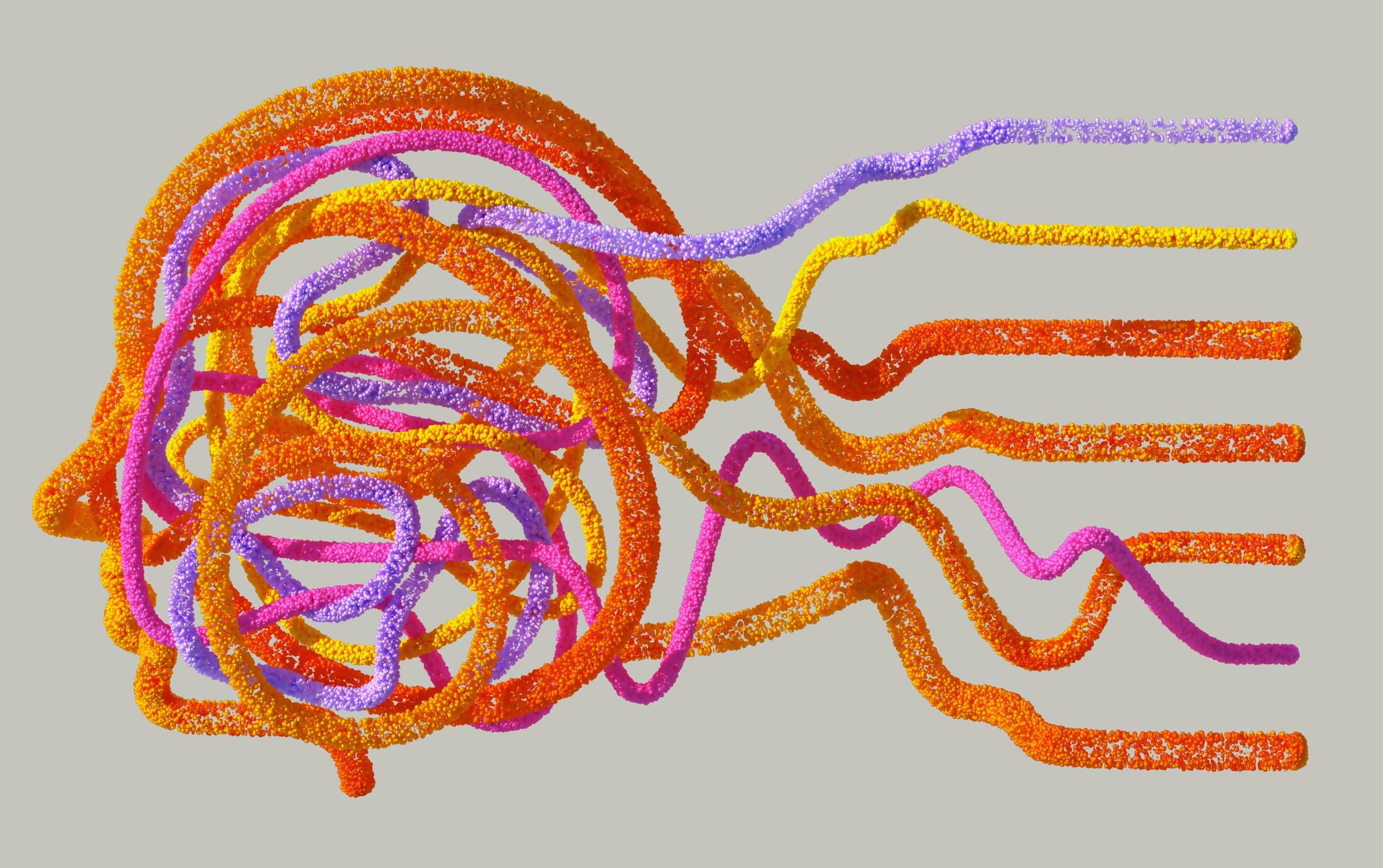Melasma, also known as cholasma or the “mask of pregnancy,” is widespread in pregnant women of all ages. It occurs due to a pregnant woman’s body undergoing increases in estrogen and progesterone. For unknown reasons, these hormone increases result from the color-producing cells in your skin making extra pigment.
If you’ve heard the term hyperpigmentation, that’s where it comes from. While it may seem scary, it is harmless and causes no physical symptoms. However, it occurs in roughly 70% of all pregnant women. Don’t be alarmed. It typically occurs during the second and third trimesters and is temporary.
Even though the condition is temporary, it can still be alarming, especially for first-time mothers. Here are some warning signs to look out for and some genuinely unbelievable ways it affects you as a pregnant woman.
Melasma Symptoms To Look For
So you’re probably wondering what to look for and its effects. The beginning stages of melasma usually emerge as freckles or blotches that appear brown or tan, depending on your skin tone. For Example, someone with a darker skin tone may have freckles or imperfections that are blue or grey in appearance.
The size of melasma can vary depending on where it is on the body, and it shows gradually. However, there is no need to be concerned as the condition is more of an eyesore than harmful. If you are in the second or third trimester of pregnancy, precisely 12 to 32 weeks, you may notice Melasma forming along the bridge of your nose or the outline of your cheeks first.
Then, you may start seeing it in other places, like the upper lip, lower jawline, and forehead. But did you know that it can also appear on different body parts? It can be found inside your arms, neck, and lower extremities in more severe cases. This should not be painful or cause rash-like symptoms such as itching.
Can It Harm My Baby?
In addition to wondering whether there are any physical symptoms with melasma, you may also be concerned about the condition harming your unborn baby. The good news is that there is no effect on the fetus whatsoever.
It can be tricky, especially as a first-time mother, to figure out the ins and outs of what is expected. But don’t worry, these are usual fears. Subsequently, the only genuine concern you should have with Melasma is whether to treat it during or after your pregnancy.
Treating this during pregnancy can come with risks due to the types of medications used to treat it. The main reason is that the drugs used to treat the condition are topical. The skin is our biggest organ, and whatever absorbs through the skin can be passed to the fetus. These medications are the reasons why doctors advise patients to wait until after.
Many risks associated with these medications are unknown and, therefore, are not safe for use in pregnant women. Not to mention, the condition typically goes away about three months after birth.
Possible Treatments And Side Effects
Even though doctors recommend that treatment for melasma be held off until after birth, some still opt for the treatment anyway. The number one reason women follow through with treatment is because the condition can make the skin tone appear uneven and blotchy. So, what are these treatments, and what are their side effects? The first line of defense your doctor will likely try is Azelaic Acid a topical ointment derived from nelassezia furfur a naturally occurring yeast already found on the skin.
Possible side effects include itching, tingling, burning, irritation, redness, or peeling of the skin. More severe side effects may include flaking, blisters, hives, swelling, fever, joint pain, or difficulty breathing. Second, kojic acid, a bleaching agent derived from fermented mushrooms, can gradually fade melasma. Please proceed with caution when using this on your skin, as it has not been proven safe during pregnancy, even though it is anti-fungal.
Moreover, the side effects of azelaic acid mirror those of hydroquinone, so it is best to avoid it. Third, hydroquinone topical ointment reduces the extra production of melanin in the skin but is not safe for use during pregnancy unless you are dedicated to preventing overexposure to the sun. Last, your doctor may suggest laser treatments or chemical peels, which are the worst of all possible therapies because they can cause pain to the fetus, suppress growth, and lead to anomalies at birth.
Conclusion
Melasma can be a very alarming symptom of pregnancy if you are unaware that it can occur. What makes it scary is that it shows up overnight. When you see it, you tend to think something serious is happening. It is best to sit with your doctor and express your concerns freely. Also, don’t be afraid to call the after-hours or nurse’s lines at your doctor’s office. That’s what they’re there for.
Your provider will likely reassure you that you have nothing to worry about and it is a naturally occurring phenomenon in pregnancy. Remember, do your best to wait until after you have given birth to seek treatment. If you must seek treatment immediately, your doctor can review all potential risk factors. Don’t forget that the condition is temporary and is only permanent in rare cases.
For More Great Content
Total Apex is an all-encompassing content provider. We provide detailed daily articles on entertainment, gaming, sports, and more! Check out all our excellent sports content and Total Apex Sports. Check us out on X @TotalApexEandG and our other sites: Total Apex Entertainment, Total Apex Gaming, Total Apex Sports Bets, and Total Apex Fantasy Sports.










